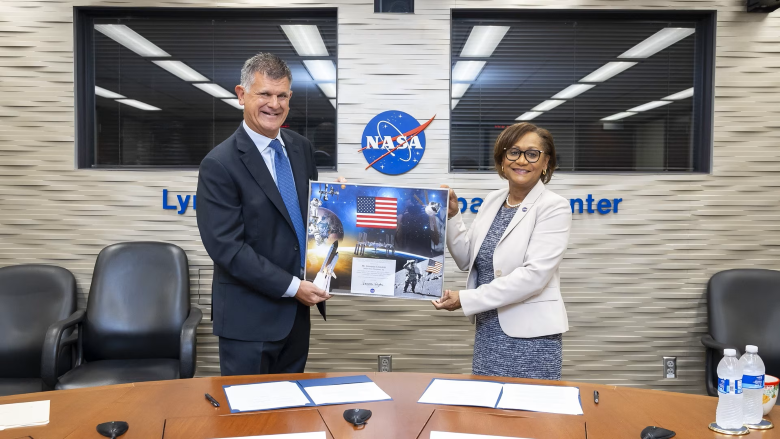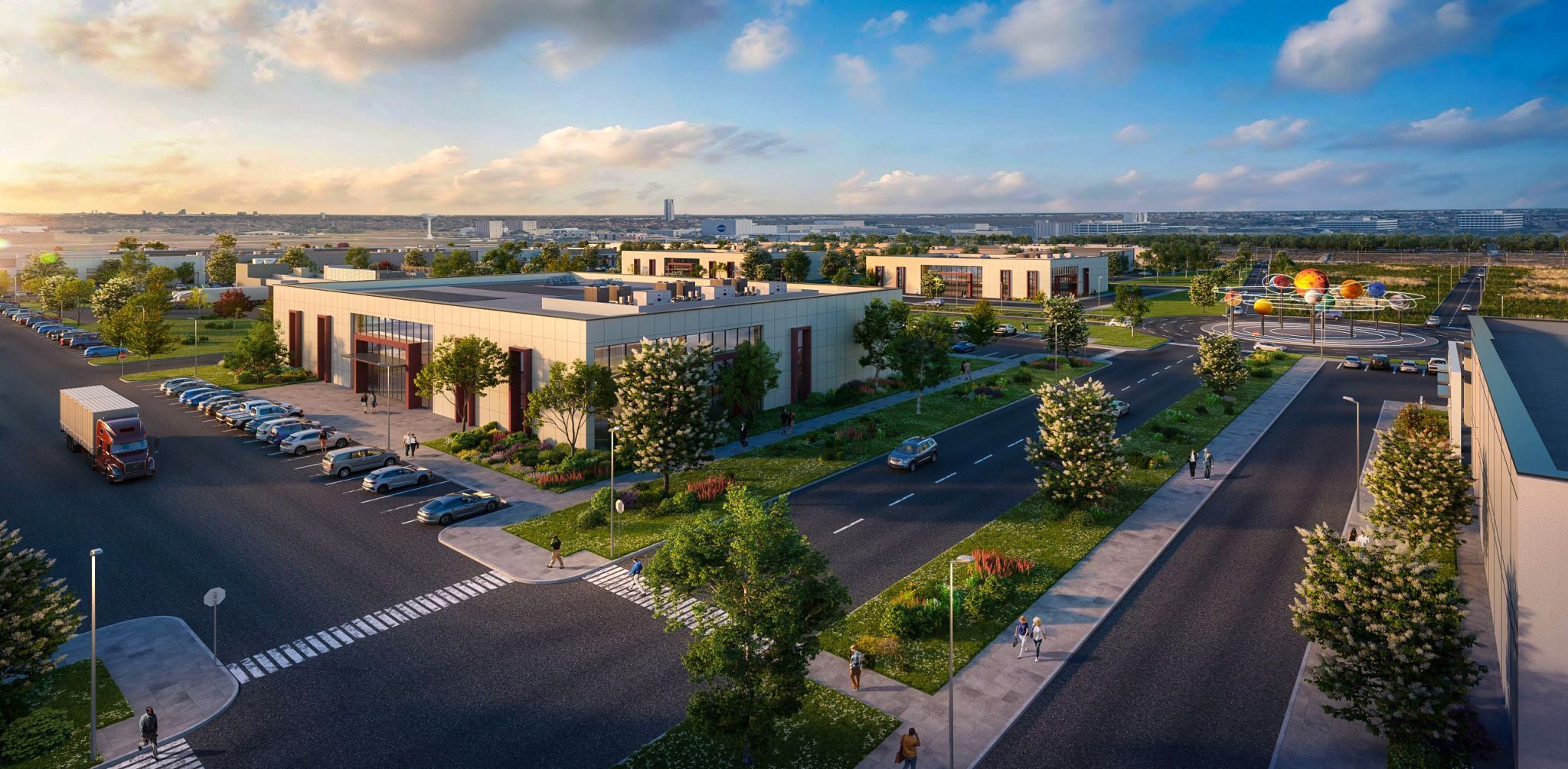BP and NASA Forge Groundbreaking Partnership to Enhance Digital Technologies
Published Aug 15, 2024 by Hailea Schultz
bp and NASA have unveiled a new partnership aimed at advancing energy production and space exploration.
Through a Space Act Agreement, a legal agreement that allows NASA to collaborate with companies, universities and other entities, the two organizations will share digital technologies and expertise accumulated over decades of experience working in remote locations. The initial phase of the agreement will focus on enhancing digital models and simulations. These tools help engineers and scientists visualize equipment in extreme environments, such as space and the ocean's depths, where the pair operate.
"bp has built a proud legacy of technological innovation as we deliver the energy the world needs today while investing in the energy system of tomorrow,” said Ken Nguyen, bp’s Principal Technical Program Manager, in a press release. “As NASA pursues a sustained presence on the Moon and Mars, we see a unique opportunity for bp and NASA to work collaboratively on the forefront of digital technology that will cultivate further innovation in energy and space."
bp is making significant strides with similar technologies at Argos, its newest offshore platform in the Gulf of Mexico. The energy company uses cutting-edge tools like augmented and virtual reality, along with digital twin technology, to remotely monitor and operate the platform. Leveraging this expertise, future phases of the partnership could involve sharing insights on remote operating practices, including safety, process control and monitoring and artificial intelligence.
“Both bp and NASA are custodians of deep technical expertise, working in extreme environments – whether that’s at the bottom of the ocean or on the moon,” said Giovanni Cristofoli, SVP for bp Solutions. “Sharing what we know with each other will help us solve complex engineering problems faster, meaning we can focus on keeping energy flowing safely and delivering higher margins with lower emissions.”
This unlikely partnership has set the stage for cross-industry collaborations in the Houston region and will act as a catalyst for further partnerships in two of the city’s key sectors—energy and aerospace.
While the partnership marks a groundbreaking milestone for these industries, it’s not the first time NASA has chosen Houston-area organizations for collaboration. Recently, the space agency granted the University of Houston $5 million to create an aerospace engineering research center. Earlier this year, NASA also selected five Houston-based companies to lead essential research, engineering and mission integration services for the International Space Station Program.
Learn more about Houston’s dynamic energy and aerospace sectors.
 The Houston Report
The Houston Report




















